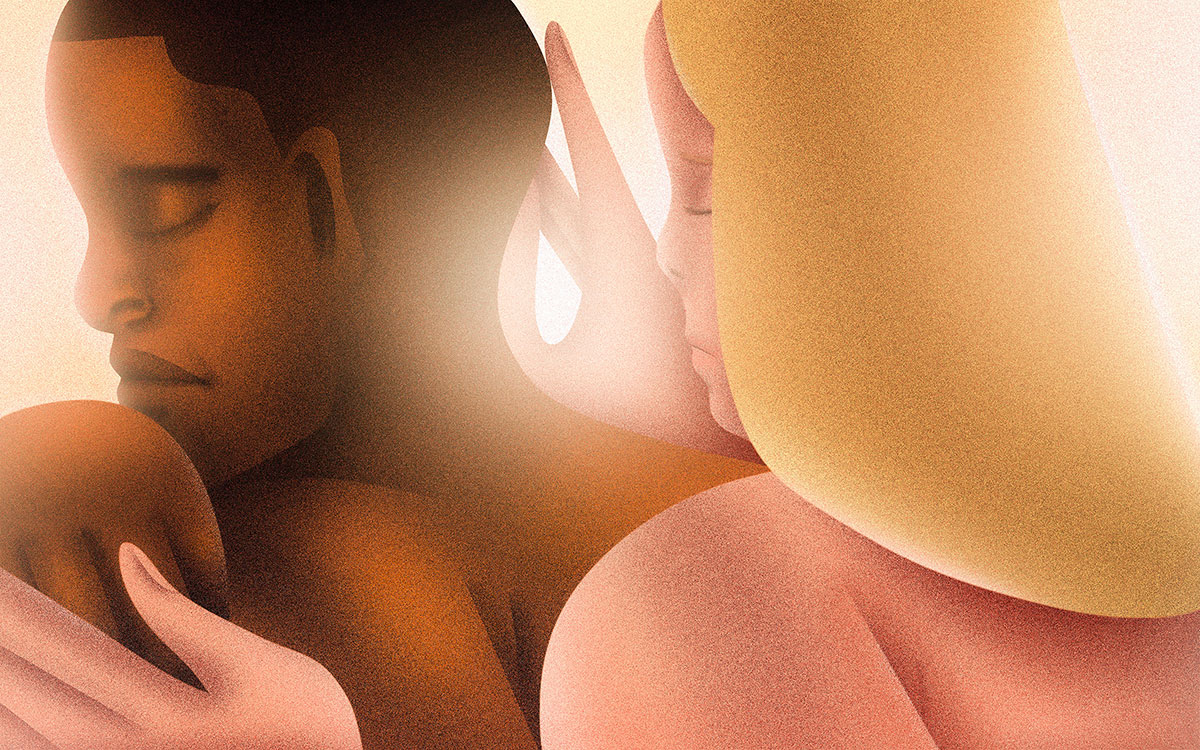“I grew up as an only child in Miami, so I had a lot of time to imagine and observe things,” says New York-based illustrator Derek Abella. “I was lucky to be encouraged by my parents to be creative, getting enrolled in free community art camps during summers throughout my childhood and taking figure drawing classes on weekends in high school. My mom is a librarian, so we had lots of inspiring books around as well.”
When Abella first started to entertain a career in the creative industries he thought it would be as a concept artist for feature animations, but he kept finding himself drawn to the illustration courses that were on offer at various institutions. “I almost went to Art Center out in California for school, but then ended up at Pratt Institute in New York instead, where editorial and other avenues of illustration were shown to me,” he explains.
Editorial illustration has since become Abella’s calling, and his portfolio is crammed full of commissions from the likes of the New York Times, the New Yorker, the Guardian, NBC News, Medium and many more.

The illustrator’s works are created digitally on Photoshop but they feel textured and glow ethereally as though Abella has wrangled blocks of light into recognisable shapes and figures. “It’s interesting because recently, people have been asking me what paints I use in my work or if I scan things and bring them into the computer,” he notes. “I’d like to incorporate analogue things into my work and stop having the computer be so centric to my process, but I appreciate the lack of physical mess and the option to undo things that it brings, which says a lot about my personality.”
Abella describes his work as emotional and dream-like and many of his recent works epitomise warm, summer haziness. “The goal with my work is to make it feel like it’s either a dream or a vignetted piece of a memory. My biggest inspiration is probably growing up in Florida, whether it’s the colours or the blaring sun in a lot of my pieces,” the illustrator explains. “Recently, I’ve been seeking inspiration from photography and film in order to push my execution of lighting and composition. Nostalgia is a key player (or maybe even a culprit) in my life and work, in the end.”

Another inspiration is Abella’s Cuban-American roots. “Back in school, I made way more work about Cuba, the diaspora of its people, and being the child of immigrants. I would say much of the tropical and nostalgic elements in my work come from my research and introspection back then,” he explains. “A big source of Cuban inspiration for me are the covers of a magazine called Carteles, which often featured beautiful art deco-inspired illustrations. The art deco vocabulary is also quite present in Miami, so in a way, that style appeals to me because of how it visually bridges Cuba and the States.”
What goes on to make Abella’s work feel even more personal is his exploration of sexuality and relationships within his illustrations, which happened gradually for the illustrator. “Queerness found its way into my work once I found more of my way into queerness,” he explains. “After school, I became more active in the community here in New York, and started making work based on relationships and the time spent thinking about how they can be informed by dualities like loneliness and intimacy, or shame and celebration. One day, I would love to pursue work that discusses being Latinx and queer, but I haven’t found a satisfying solution to that ‘brief’ yet.”

The illustrator’s creative process when starting a new piece starts with putting on music and filling the room with a pleasing scent. “Working from home instead of the studio I used to have before the pandemic has made me really need to transport myself in order to work well,” Abella explains. “I usually go with things I draw in my sketchbook or journal, and then try to get the idea out of my system by making as many pieces as necessary. The Rolodex of things I explore on my own time finds its way into both my personal and commercial work.”
In his commercial work, Abella enjoys the problem-solving aspect of it. “When someone reaches out to me with a brief, especially one that doesn’t necessarily have anything to do with what my other work involves, I like to think about why they chose me, and how I can apply their reasoning to the assignment,” he says. “My favourite subjects involve relationships between people, whether it’s for pieces about online dating, identity politics, or how the pandemic has affected friendships, for example.”

Even for commercial projects, the work feels personal to Abella and while this allows him to feel a connection with a variety of topics, it does come with its downfalls. “Balancing caring a lot with learning to let go as a professional has been an interesting mental exercise for me,” he says.
On a broader level, other challenges Abella has faced are the typical financial and moral dilemmas that face many freelancers, but he’s hopeful for change. “It’s been exciting to see the discussions online on getting better (and punctual) pay and equity for creatives, especially BIPOC individuals,” he says. “Hopefully the conversations being had materialise into tangible shifts across the creative world sooner rather than later.”






The post Derek Abella plays with nostalgia and texture in his ethereal illustrations appeared first on Creative Review.
from Creative Review https://ift.tt/2ZWyU2x

No comments:
Post a Comment